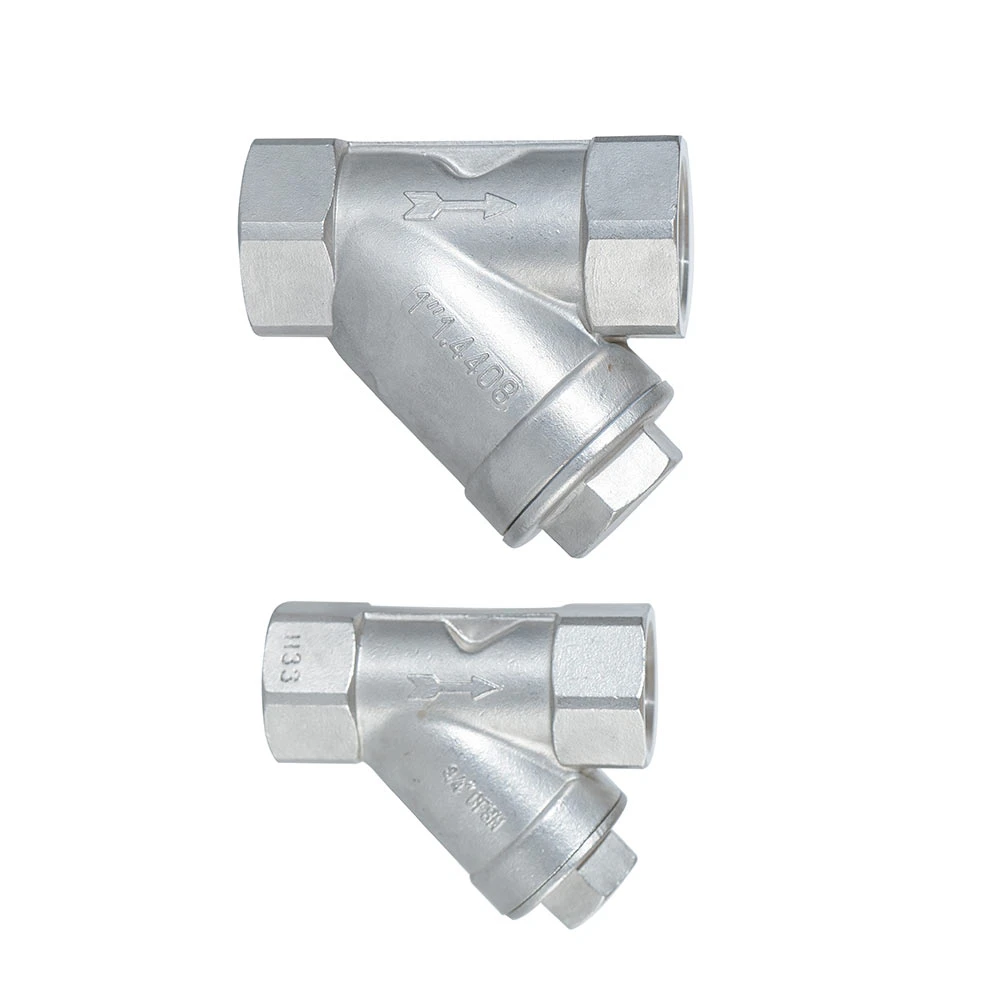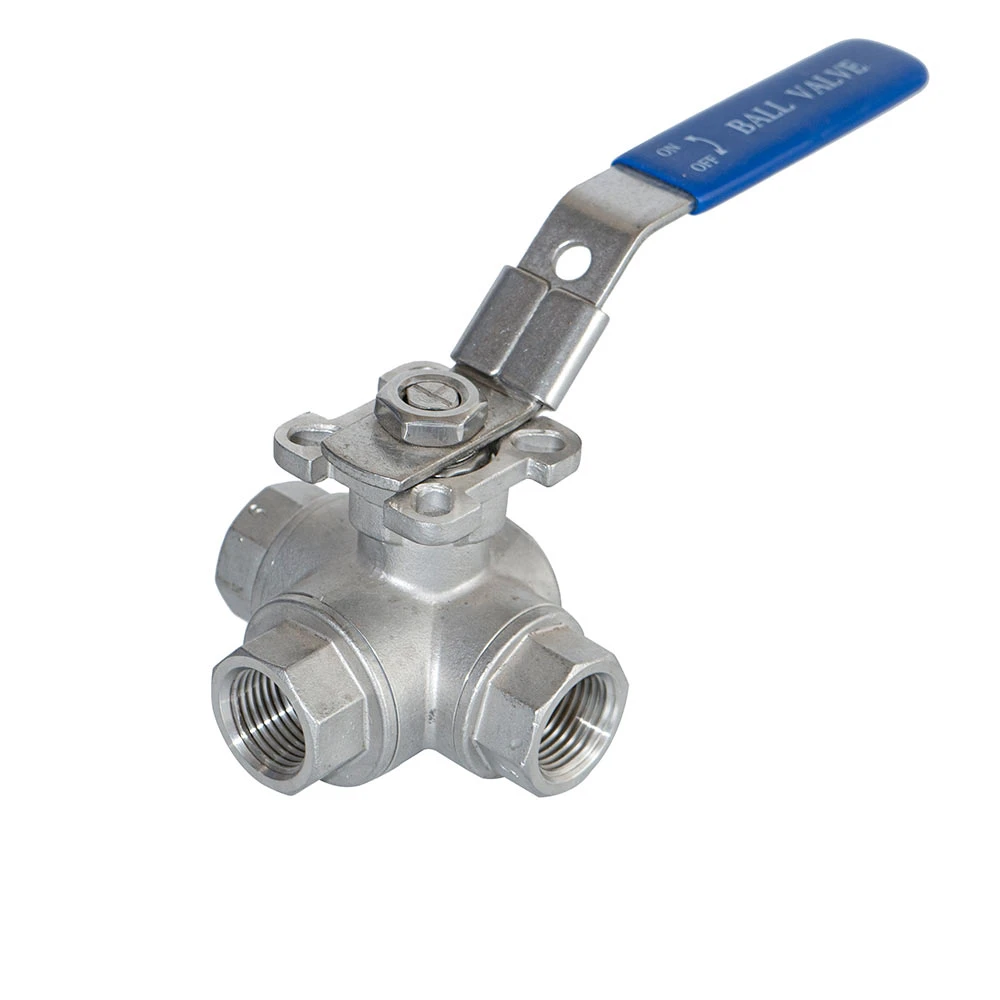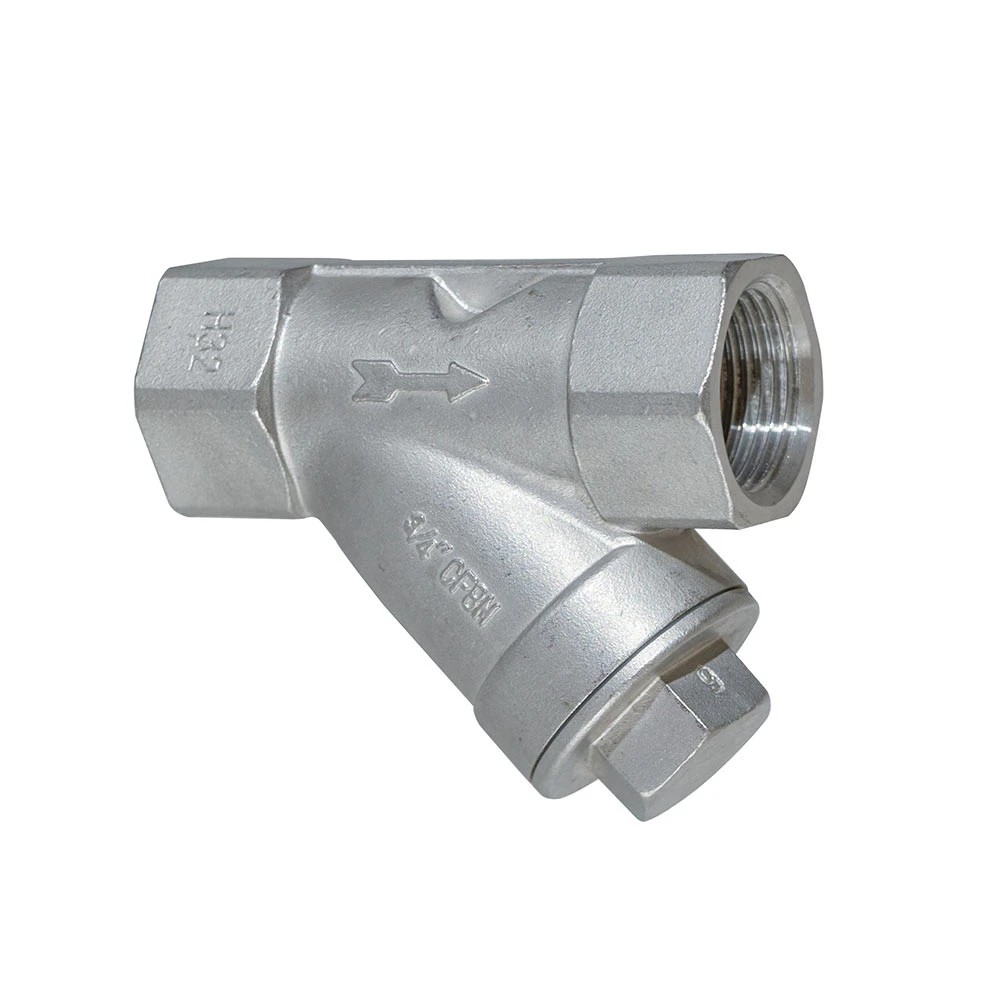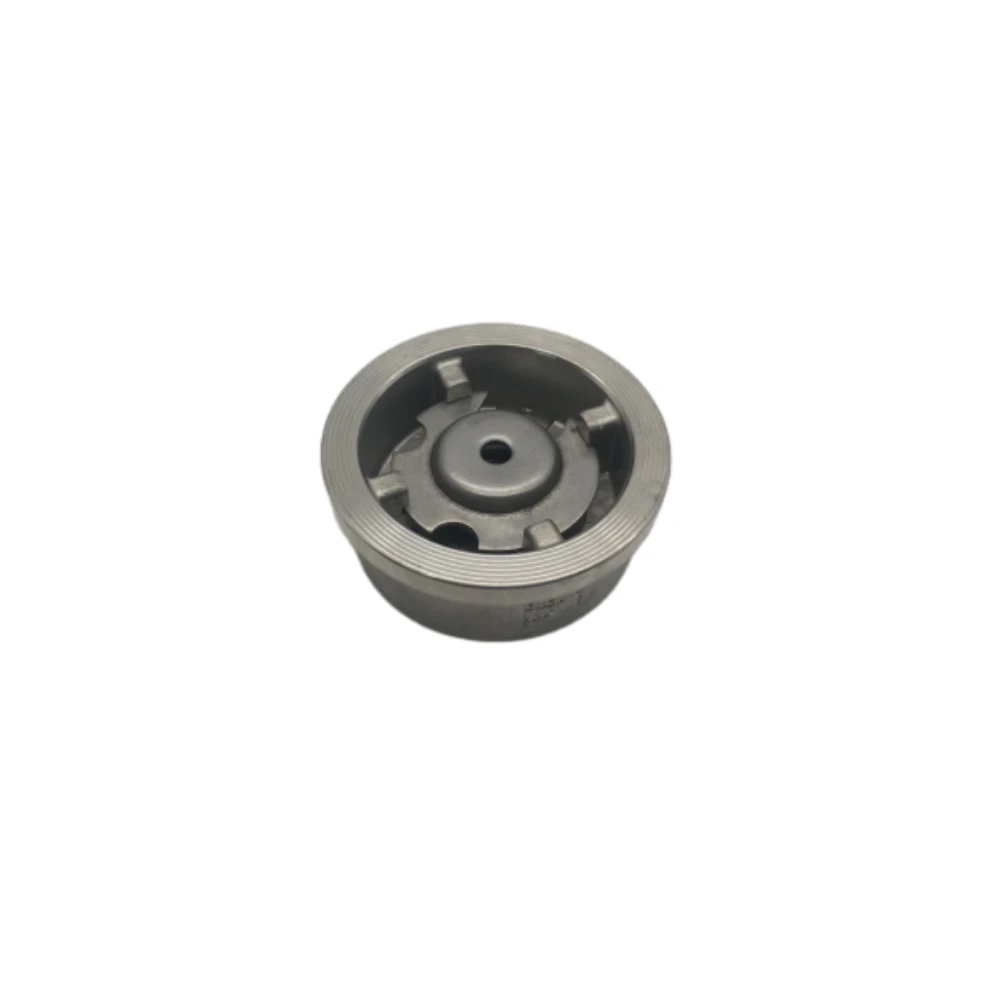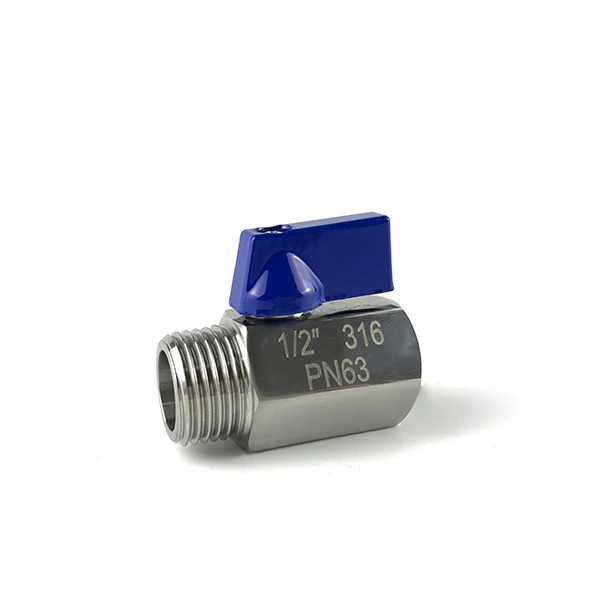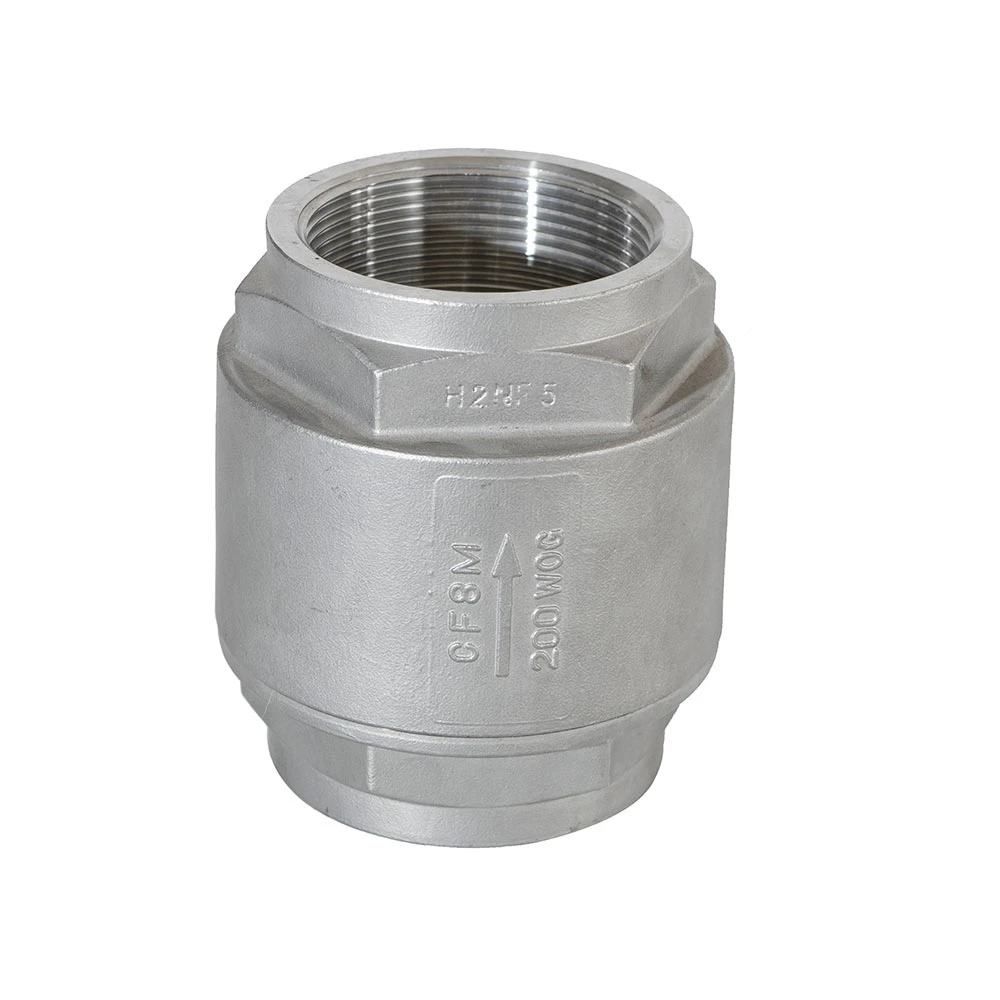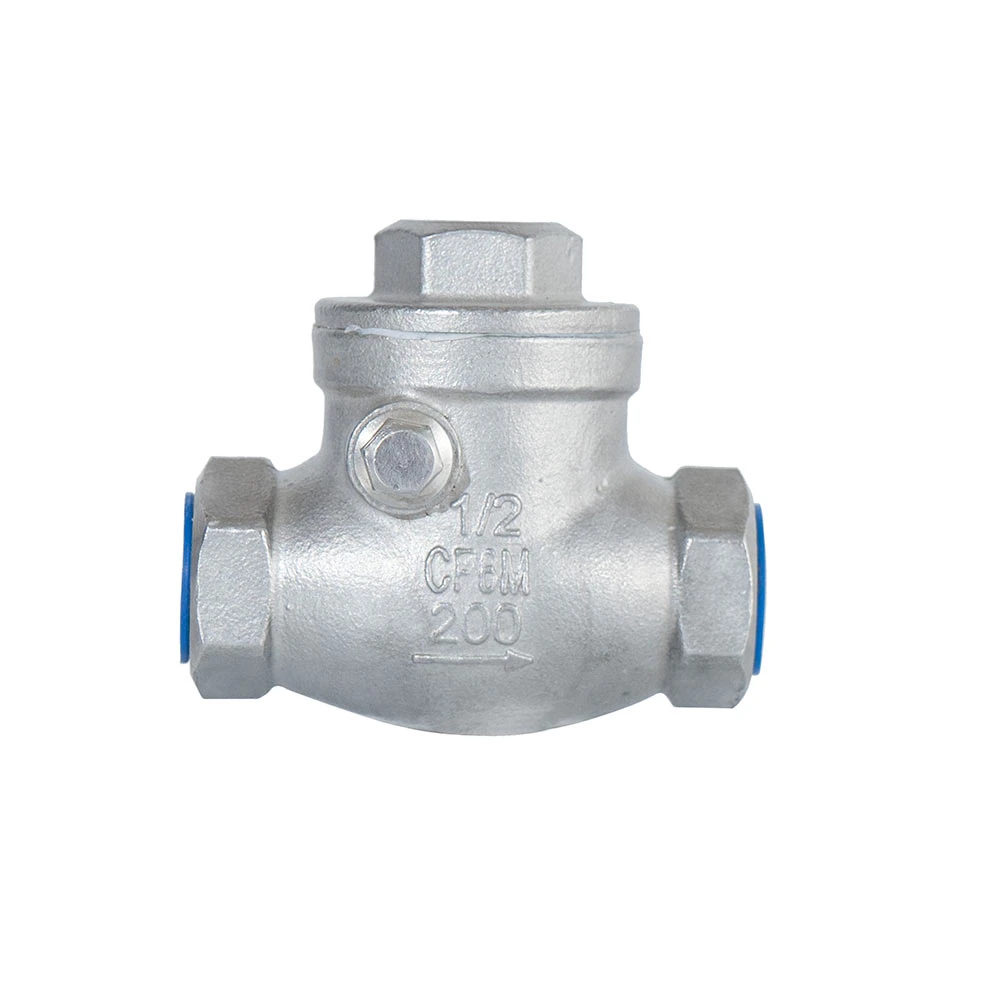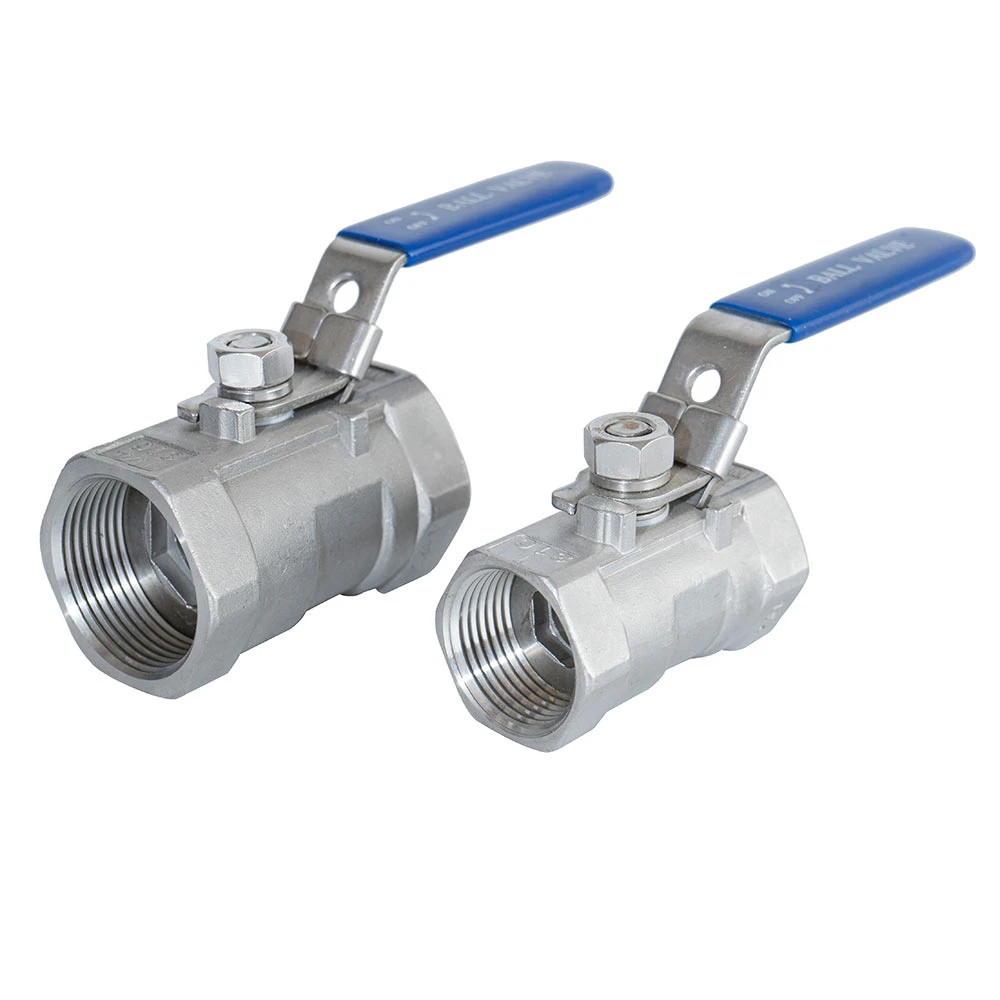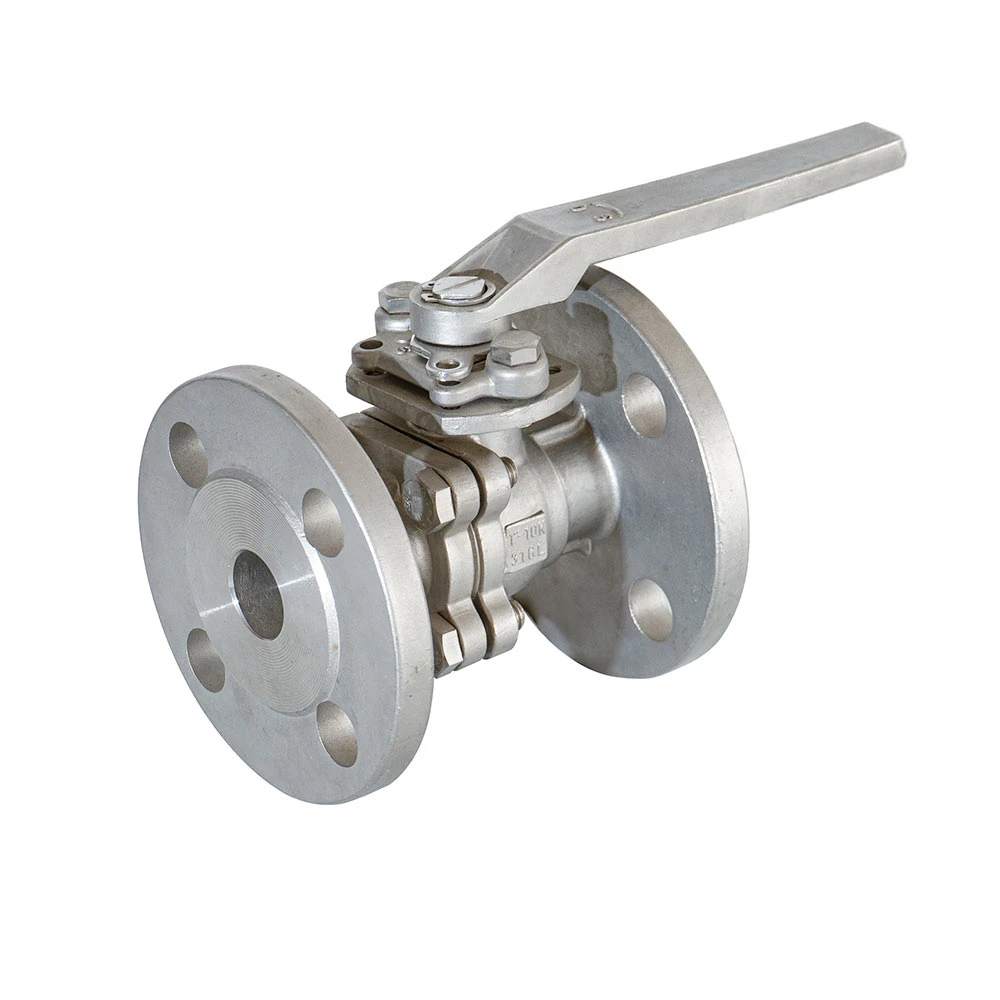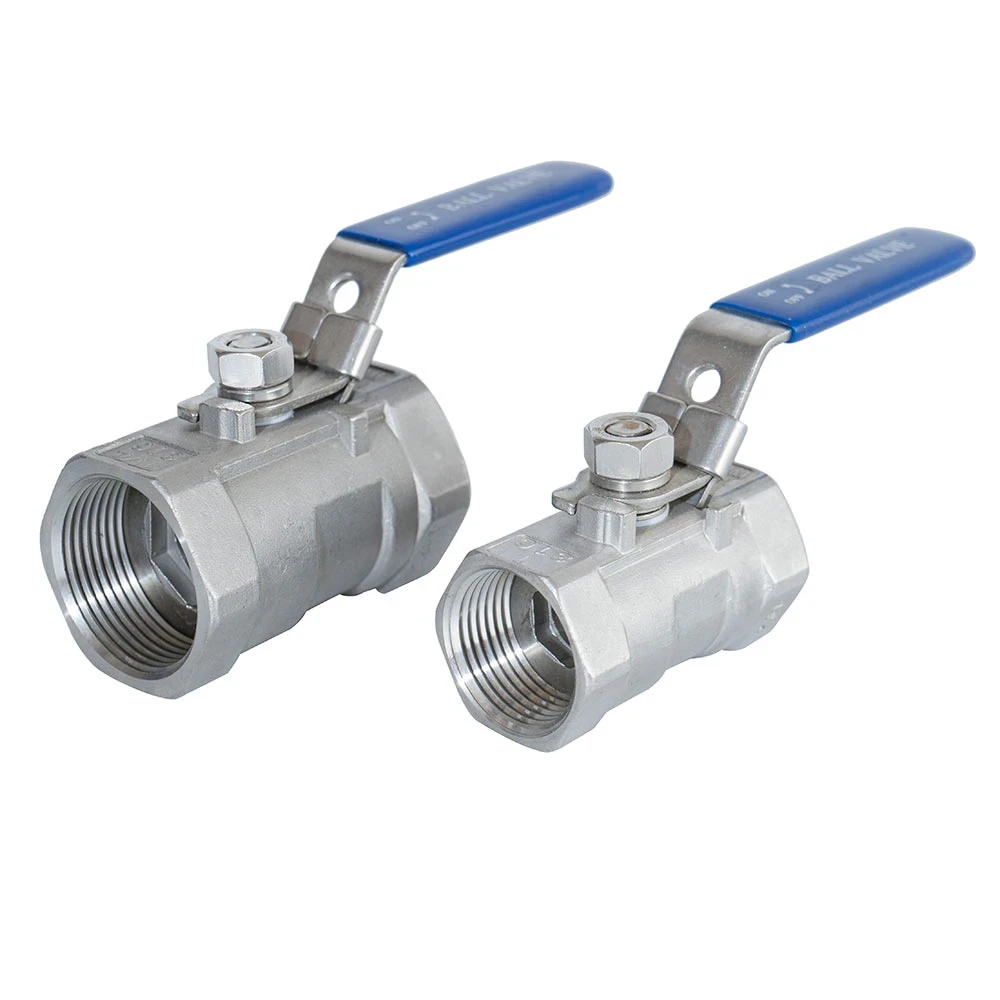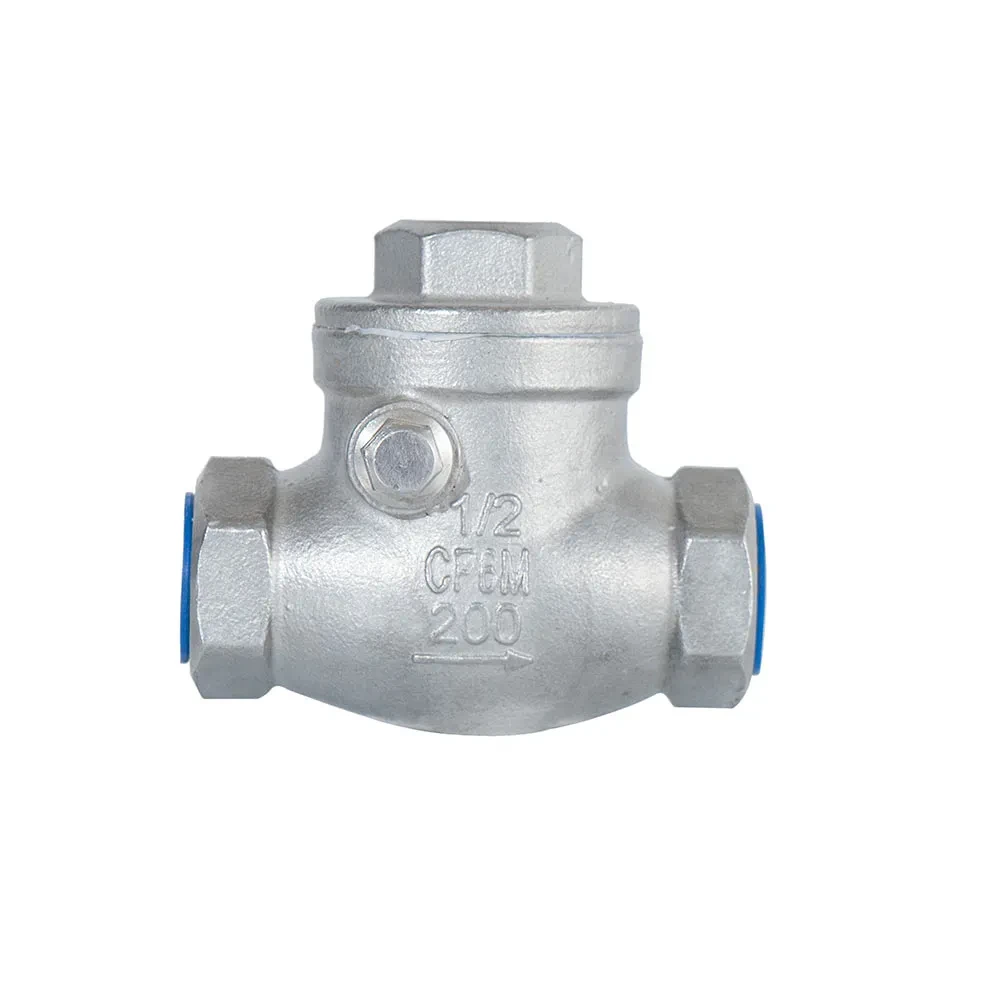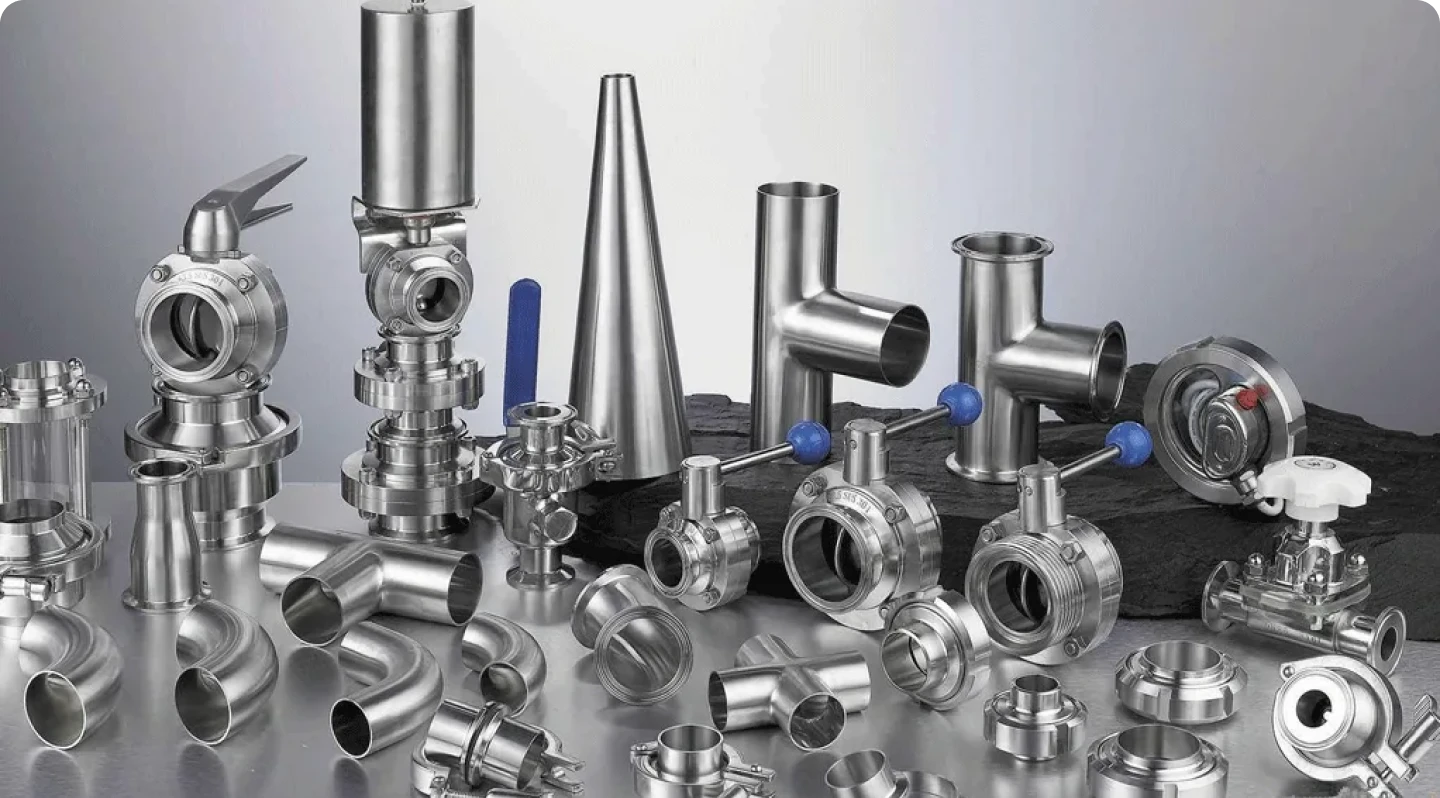Discover the advances in miniature ball valves, especially the mini ball valve and stainless steel mini ball valve, with authoritative data, professional FAQs and technical benchmarks.
Manufacturer Focus: Cangzhou Houde Stainless Steel Products Co., Ltd.
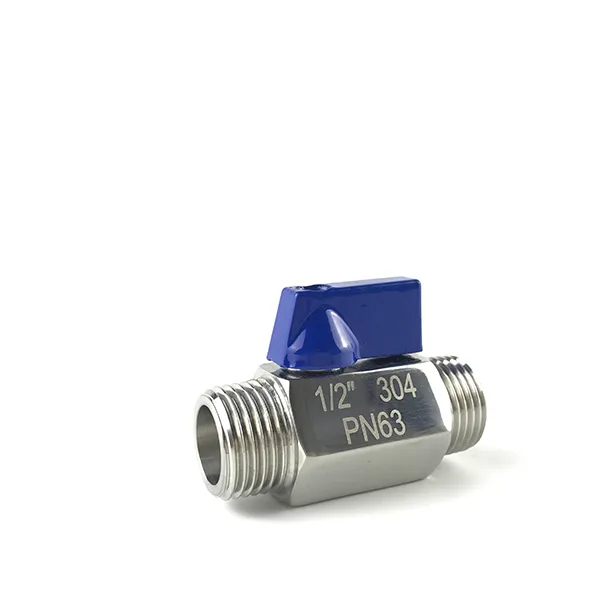
Tel: 0086-(0)317-2207867 | Email: grace@houdecasting.com | Mobile: +86 13393391989
Address: Liupangzhuang Village, Nanchentun Town, Yunhe District, Cangzhou, Hebei, China
Current Industry Trends: Evolution of Miniature Ball Valves
Miniature ball valves have emerged as a pivotal component in fluid management for a variety of industries, offering superior space utilization, reliable sealing, and minimal maintenance requirements. The market demand for mini ball valve and especially stainless steel mini ball valve products has grown significantly due to advancements in precision manufacturing, rising automation in industry, and the need for compact, high-performing solutions in medical, laboratory, instrumentation, and miniature pipeline systems.
According to recent research (FlowControlNetwork, 2024), the miniature valves sector is forecast to achieve a global valuation of USD 5.2 billion by 2028, underlining its critical contribution to fine fluid control applications.
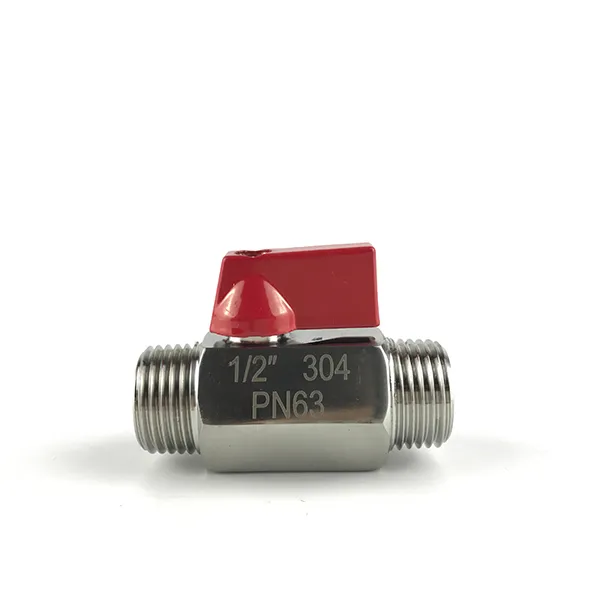
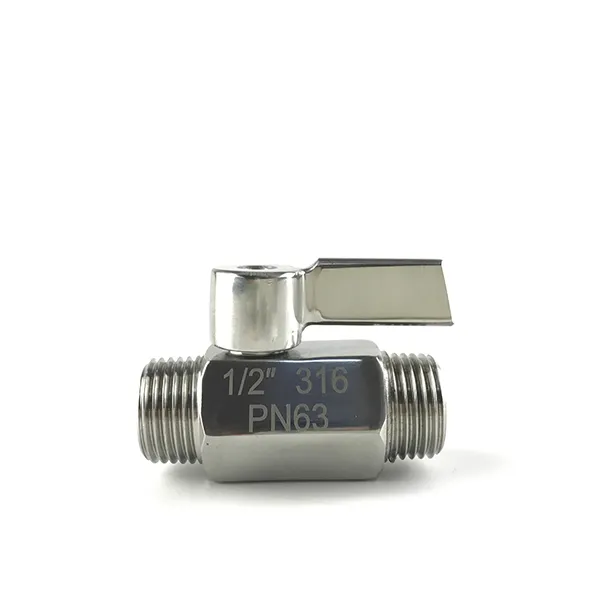
Main Technical Parameters of Miniature Ball Valves
| Parameter | Range/Value | Typical for Stainless Steel | Description |
|---|---|---|---|
| Valve Size | 1/8"–1" | 1/4", 1/2" | Defines the internal port diameter |
| Working Pressure | 0–1000 PSI | ≤1000 PSI | Maximum operational pressure |
| Material | Brass, Stainless Steel, PVC | SS304, SS316 | Chemical resistance and durability |
| Connection | Threaded (M/M, M/F, F/F) | M/M, M/F | Male/Male, Male/Female, Female/Female |
| Body Structure | 1-piece, 2-piece | 1-piece | Compactness & reduced leak points |
| Temperature Range | -20°C to 180°C | -15°C to 150°C | Operating environment adaptability |
| Port Design | Full bore | Full bore | Unhindered fluid flow, reduced resistance |
| Sealing | PTFE, POM | PTFE | Leak-proof and chemically inert |
Product Spotlight: Miniature Ball Valves – Mini Ball Valve M/M
Key Features
- Model: Mini Ball Valve M/M
- Structure: Compact one-piece body for minimum space usage
- Installation: Quick-connections with dual external thread interface (M/M)
- Sealing: High-precision PTFE seat for excellent leak resistance
- Flow Design: Full-bore for maximum flow, minimal head loss
- Corrosion Resistance: Industrial-grade SS304/SS316 material
- Applications: Suits industrial and civil fluid control systems, especially confined spaces

The Mini Ball Valve M/M by Cangzhou Houde Stainless Steel Products Co., Ltd. stands out for its compact geometry, reliability, unrivaled sealing, and efficiency.
Its full-bore channel and precision engineering make it a preferred choice for many industrial setups.
For full specs, certificates, or customer reviews, visit:
Miniature Ball Valves Product Page
Technical Specification Comparison: Mini Ball Valve M/M
Key Application Scenarios for Miniature Ball Valves
- Laboratory & Analytical Instruments: High precision media flow control in gas/liquid chromatographs, bioreactors, and water analysis equipment.
- Medical Device Pipelines: Oxygen supply, dialysis process lines, and microfluidic systems where reliability and compactness are paramount.
- Industrial Process Automation: Factory automation, pneumatic manifolds, and machinery with space-constrained fluid control.
- Water Treatment & Filtration: Mini/portable RO water systems, aquarium devices, and small-scale water purification stations.
- HVAC & Building Maintenance: Fan coil units, zone heating, mini booster pumps, and appliance inlets.
- Automotive/Electric Vehicles: Battery coolant distribution, air-suspension systems, emission control in compact engine bays.
- Food, Beverage & Lab Process: Sample take-off, dosing, beverage lines, and chemical transfer where hygiene and ease of cleaning are vital.
For each of these fields, stainless steel mini ball valve variants are increasingly preferred for their corrosion resistance and hygienic qualities, as established by ValveMagazine (2023).
Expert Q&A: Miniature Ball Valves Technology, Materials, and Standards
Conclusion & References
Miniature ball valves—especially those manufactured from stainless steel—are at the forefront of compact, high-reliability flow control, serving industries from laboratory analysis to process automation. As market demand accelerates for miniaturized, low-leakage, easy-to-install solutions, partnerships with authoritative producers like Cangzhou Houde Stainless Steel Products Co., Ltd. are key to product success and system safety.
- Valve design and performance data sourced from: ValveUser Technical Forum, Valve-World
- Materials, sealing, and application references: ScienceDirect Materials in Design
- Industry & market data: FlowControlNetwork, 2024
- Application trends: ValveMagazine, 2023
Cangzhou Houde Stainless Steel Products Co., Ltd. | www.houdevalve.com | Email: grace@houdecasting.com | Mobile: +86 13393391989

